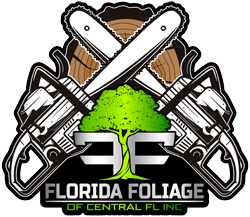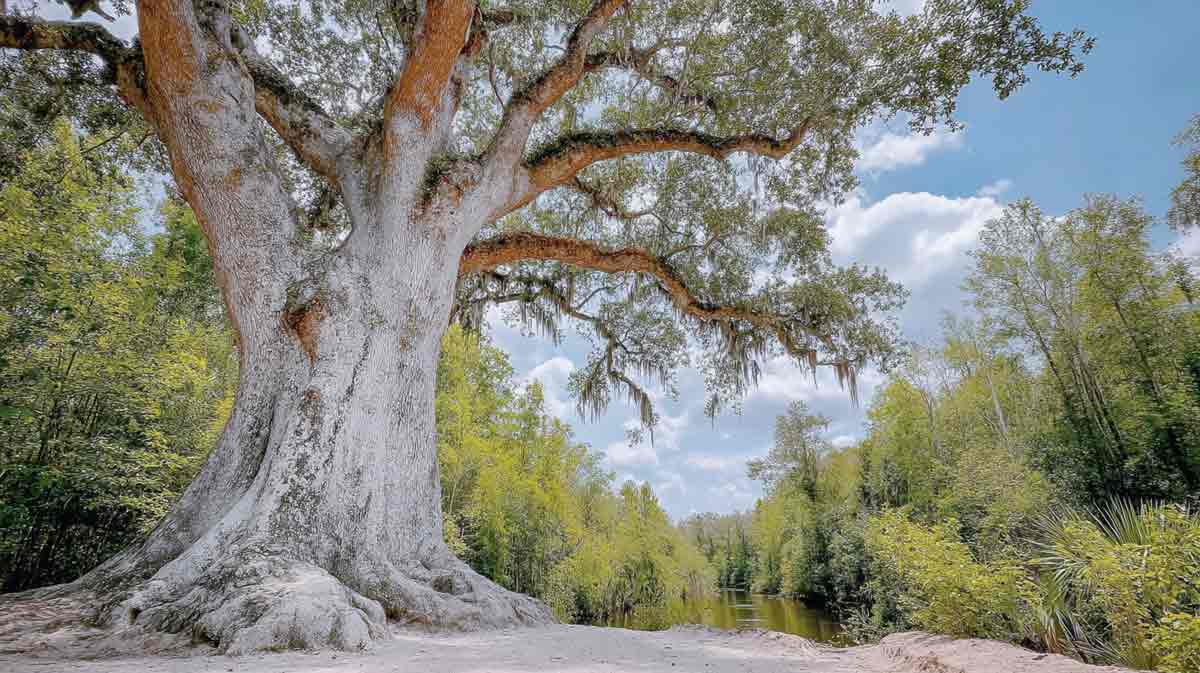Understanding Hurricane Tree Risk Assessments in Central Florida
Hurricane tree risk assessment in Central Florida is critical, as hurricanes pose a significant threat to the region—especially during the Atlantic hurricane season from June to November. These storms bring strong winds, heavy rains, and storm surges, all of which can cause extensive damage to both the natural environment and built structures.Trees, while vital to the ecosystem, can become hazardous during hurricanes, posing risks of falling branches or entire trees uprooting. In Central Florida, where lush greenery contributes to the region’s charm, residents must take proactive steps to assess and mitigate the risks associated with hurricanes to ensure safety and minimize potential damage.
The unique geographical and climatic conditions of Central Florida make the area susceptible to frequent hurricanes. The flat terrain allows strong winds to travel unimpeded, increasing the likelihood of damage to trees and properties. Additionally, the subtropical climate supports a diverse range of tree species, many of which can become unstable during adverse weather conditions. Understanding the specific hurricane risks in the region helps residents and property owners make informed decisions regarding tree management and storm preparedness, ensuring that both human safety and environmental health are prioritized.
In Central Florida, hurricane preparedness involves understanding the vulnerabilities of local tree species. Trees such as pines, oaks, and palms are common in the area and can be particularly vulnerable to hurricane-force winds. Tall and mature trees, although picturesque, may not withstand the severe conditions presented by hurricanes. Knowing which trees are more susceptible to damage and assessing their condition is critical in preparing for the hurricane season. By understanding these risks, property owners can take preemptive actions to assess and fortify their trees, reducing potential hazards to their properties and neighboring areas.
Key Factors in Tree Risk Assessment in Central Florida
Hurricane tree risk assessment in Central Florida is an essential process for property owners, especially with the looming threat of hurricanes. Several factors must be considered to accurately evaluate the risk level associated with trees on any given property. The structural integrity of a tree is a primary concern, as trees with weak limbs or compromised trunks are more likely to fail under the stress of high winds. Analyzing the health of the tree, including signs of disease or pest infestations, is crucial, as unhealthy trees are more prone to toppling during a storm.
Another important factor in hurricane tree risk assessment in Central Florida is the location and proximity of trees to structures. Trees situated near buildings, power lines, or roads pose a higher risk of causing significant damage if they fall. Therefore, assessing the potential impact radius of a tree’s fall is critical. In Central Florida, where residential and commercial properties often coexist with dense vegetation, understanding the spatial dynamics between trees and infrastructure is key to effectively managing hurricane risks. This assessment helps prioritize which trees may need to be pruned, braced, or even removed to ensure safety.
Soil conditions and root stability are also significant determinants in assessing tree risks. Florida’s sandy soils can contribute to poor root anchorage, making trees more susceptible to uprooting during violent storms. Evaluating the root health and soil composition around trees can provide insights into potential vulnerabilities. Property owners can take measures to improve soil stability and root health, such as proper watering techniques and soil amendments, to enhance tree resilience against hurricane impacts. By considering these factors, residents can establish a comprehensive plan for hurricane tree risk assessment in Central Florida that addresses both immediate and long-term safety concerns.
Strategies for Minimizing Storm Damage
Minimizing storm damage in Central Florida begins with effective tree management strategies that focus on enhancing the resilience of trees against hurricanes. Regular tree maintenance, including pruning and trimming, is essential in reducing the risk of storm damage. By removing dead or overgrown branches, property owners can prevent potential hazards and improve the structural integrity of their trees. Florida Foliage of Central Florida provides expert tree pruning services that help maintain the health and stability of trees, reducing the likelihood of storm-related injuries or property damage.
Another key strategy is the implementation of storm-resistant landscaping practices. Choosing native or hurricane-resistant tree species for new plantings can significantly enhance the resilience of a property. These species are better adapted to withstand local weather conditions, reducing the risk of damage during hurricanes. Additionally, strategic planting, such as positioning trees at a safe distance from structures and power lines, can mitigate the impact of falling branches or trees. By integrating these practices into landscape planning, property owners can proactively minimize risks associated with hurricane winds and rains.
Proactive storm preparation services also play a crucial role in minimizing storm damage. Florida Foliage offers thorough tree inspections to identify and address vulnerabilities before hurricane season. Reinforcing weak limbs, cabling branches, and bracing trunks are effective techniques to strengthen trees against storm forces. By taking these preventative measures, property owners can significantly reduce potential damage, ensuring the safety of their homes and communities. Such proactive strategies are vital in maintaining the beauty and safety of Central Florida’s outdoor spaces amid the challenges posed by hurricane threats.
Importance of Professional Tree Inspections in Central Florida
Professional tree inspections are a critical component of hurricane preparedness for property owners in Central Florida. Certified arborists possess the expertise and knowledge to accurately assess the health and stability of trees, identifying potential risks that may not be immediately apparent to untrained eyes. Their evaluations include checking for signs of disease, pest infestations, and structural weaknesses that could compromise a tree’s ability to withstand storm conditions. By leveraging the skills of experienced professionals, property owners can ensure that their trees receive the necessary care to weather hurricane impacts.
Engaging professionals for tree inspections provides numerous benefits, particularly in developing an effective risk management strategy. Arborists can offer tailored recommendations for maintenance, pruning, or removal, based on the specific needs and conditions of each tree. They utilize advanced techniques and equipment to conduct thorough inspections, ensuring that no potential issue goes unnoticed. By trusting experts like Florida Foliage, property owners gain access to reliable, data-driven insights that inform their storm preparedness plans, enhancing the safety and resilience of their properties.
Beyond risk mitigation, professional tree inspections contribute to the long-term health and beauty of Central Florida’s landscapes. Regular check-ups by skilled arborists help maintain trees in optimal condition, promoting healthy growth and extending their lifespan. These inspections are especially important in the months leading up to hurricane season, allowing for timely interventions that can prevent storm-related damage. With a commitment to excellence, Florida Foliage of Central Florida stands ready to provide comprehensive tree inspection services, ensuring that trees remain a source of safety and beauty for years to come.

